Anthony Albanese’s summer reset before this year’s federal election has failed, Newspoll shows

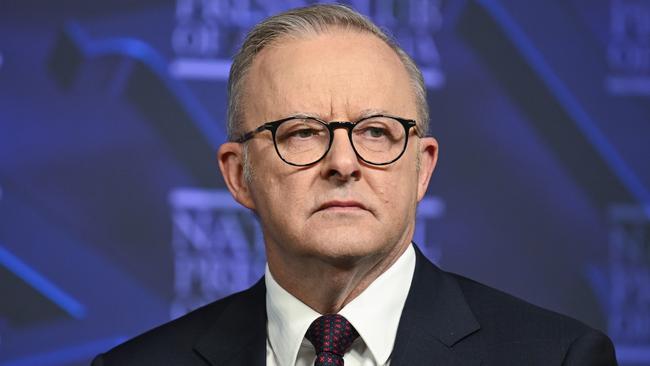
Labor now races towards an election campaign with its primary vote two points behind its last election result with a leader whose approval ratings have never been worse.
The summer break has not favoured the incumbent and whatever reset the Prime Minister has sought to engineer over January has failed.
Alarm bells will be ringing in Labor campaign HQ.
A primary vote of 31 per cent is equal to the lowest point in polls during this term. Beyond that, the last time support for Labor was this low was in 2013 post the Rudd election loss.
The slow erosion of the government’s electoral position over the past 18 months shows no sign of stabilising. On the contrary, Labor starts the election year in a more fragile position than it ended last year – and that was already soft.
The Prime Minister’s net negative approval ratings of minus 20 three months out from an election are an ominous indicator for a first-term leader.
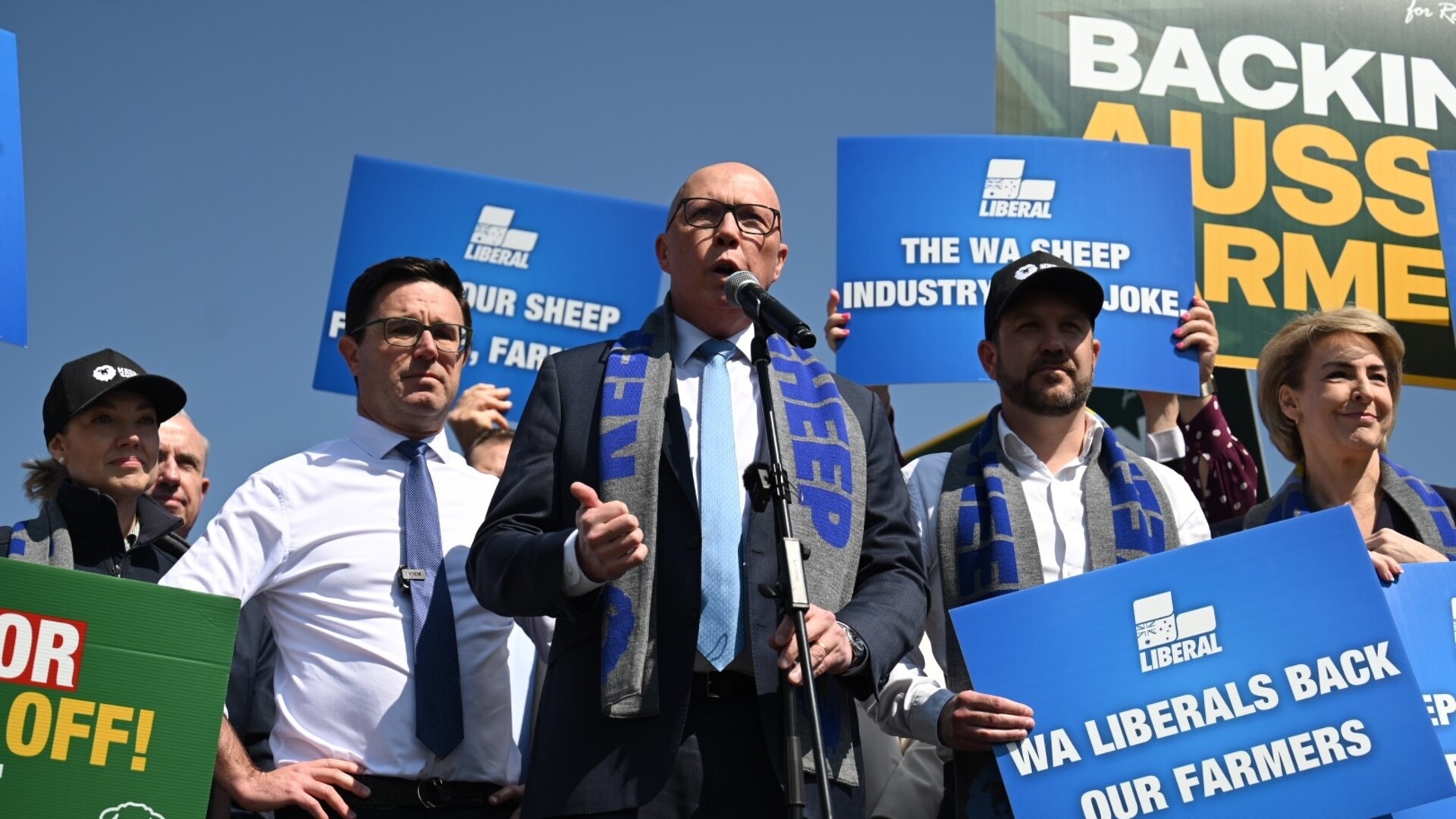
But then other prime ministers have been in similar positions in their first term and won. John Howard comes to mind. And Paul Keating won from a worse position.
Nevertheless, the slide in approval of Albanese’s performance has been gradual and consistent, and this is the danger.
The natural break in the political cycle over the summer holidays has done nothing to favour either Albanese or the government. Momentum is key and the first Newspoll of the year is suggesting that momentum favours Peter Dutton. There is only a three-point gap separating the two leaders as preferred prime minister. Statistically, this is a dead-heat.
Yet the Coalition still suffers from an inability to lift its primary vote above 40 per cent, which it will need to do if it has ambitions of winning an election in its own right, let alone in minority.
It may have the upper hand at 51-49 per cent on a two-party-preferred basis but this does not give it enough seats to shift the dial against what is still the most likely election outcome: a hung parliament with a minority Labor government.
While this is the strategists’ analysis, it is not necessarily a view shared by voters.
There has been a significant shift in the political dynamic. A majority of voters now expects that a Coalition victory is the most likely outcome, irrespective of whether they want that outcome or not.
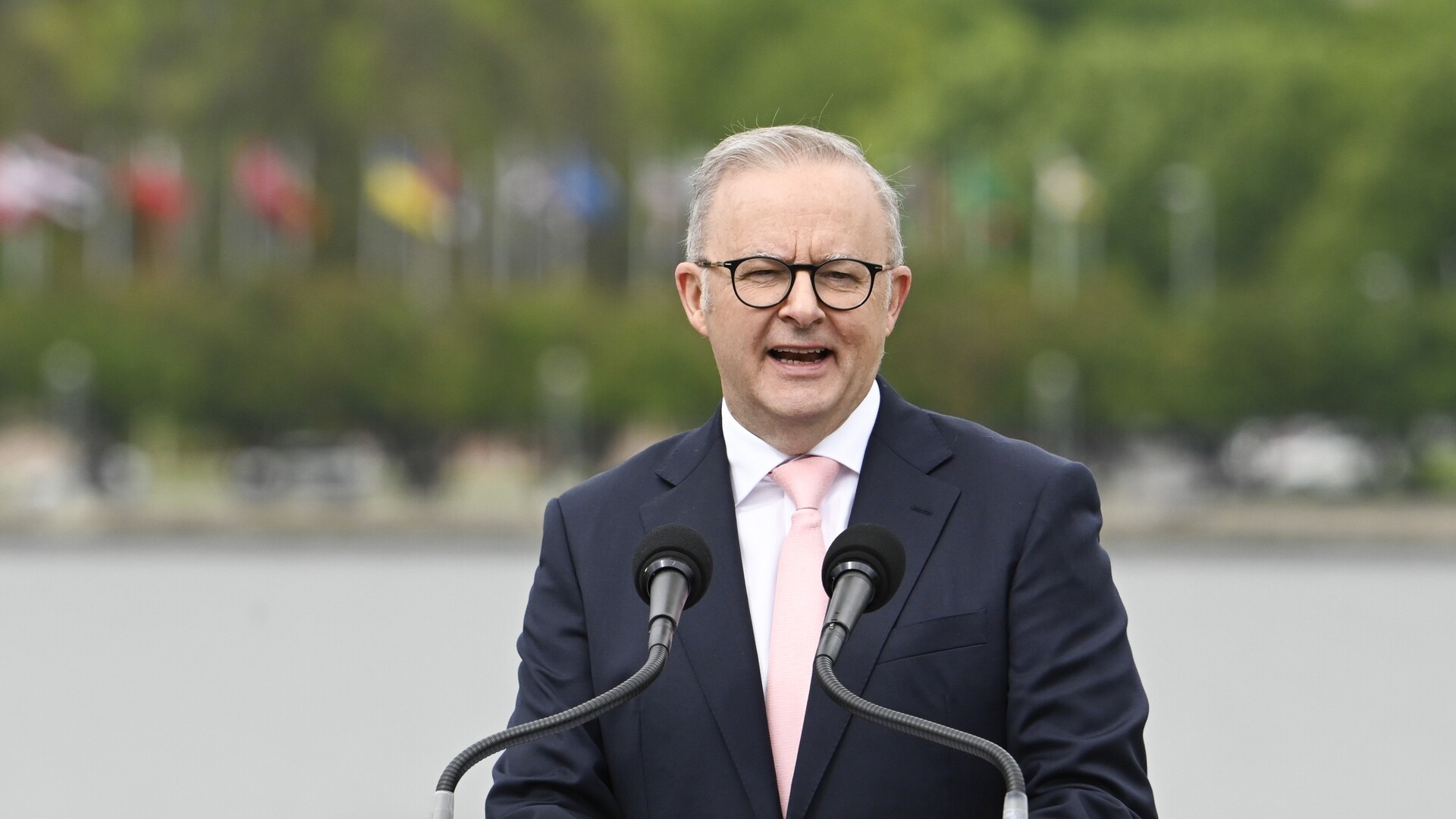
This marks a reversal of expectations among voters who just six months ago believed a Labor win was still most likely.
While two out of three voters still think a hung parliament is most likely, a majority think it will by the Coalition that emerges the victor in one form or other.
Campaign operatives who have seen this sort of shift before would be reading only one thing into it. A significant enough number of voters are giving thought to the possibility of changing their vote and are open to it.
The fact that female voters are more inclined to be thinking this way reflects just how entrenched the cost-of-living problem is for the government.
For the Opposition Leader, this is positive and challenging.
It suggests, in the context of Albanese’s declining numbers, that while they may not be there yet, voters are giving consideration to changing their vote.
Punters are starting to register that a change of government is on the cards.
But this will also mean that a lot more electoral attention will now be focused on Dutton.
Up until this point, the driver of numbers has been all about what voters think about Albanese. Now people are starting to seriously consider what the alternative might look like.
The underlying numbers in the party vote, and considering the preference flows, still point to a tight race with a minority Labor government most likely.
But any of four possible results – Labor or Coalition in majority or either in minority – could still happen.

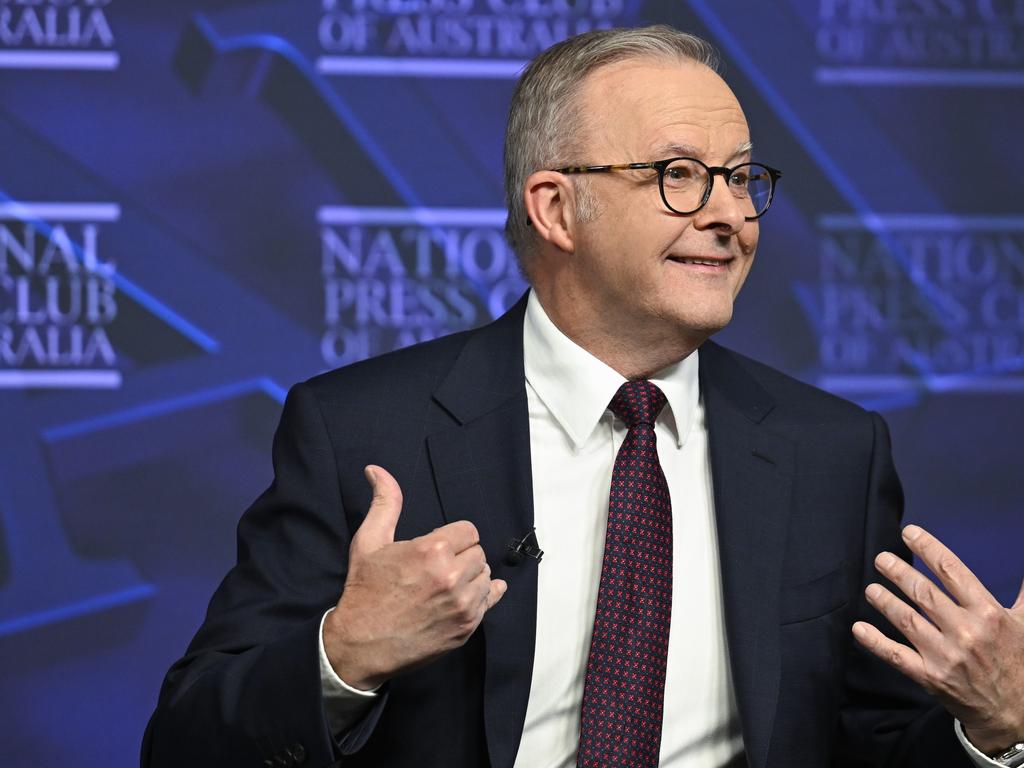

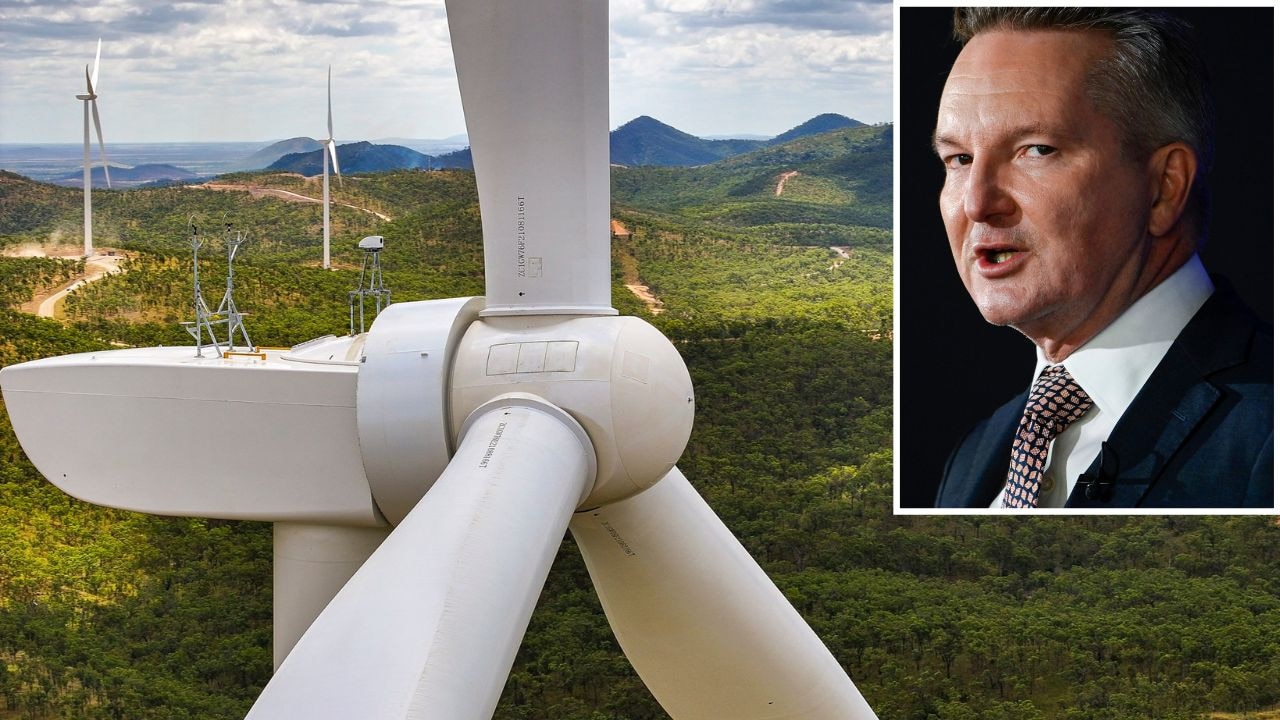
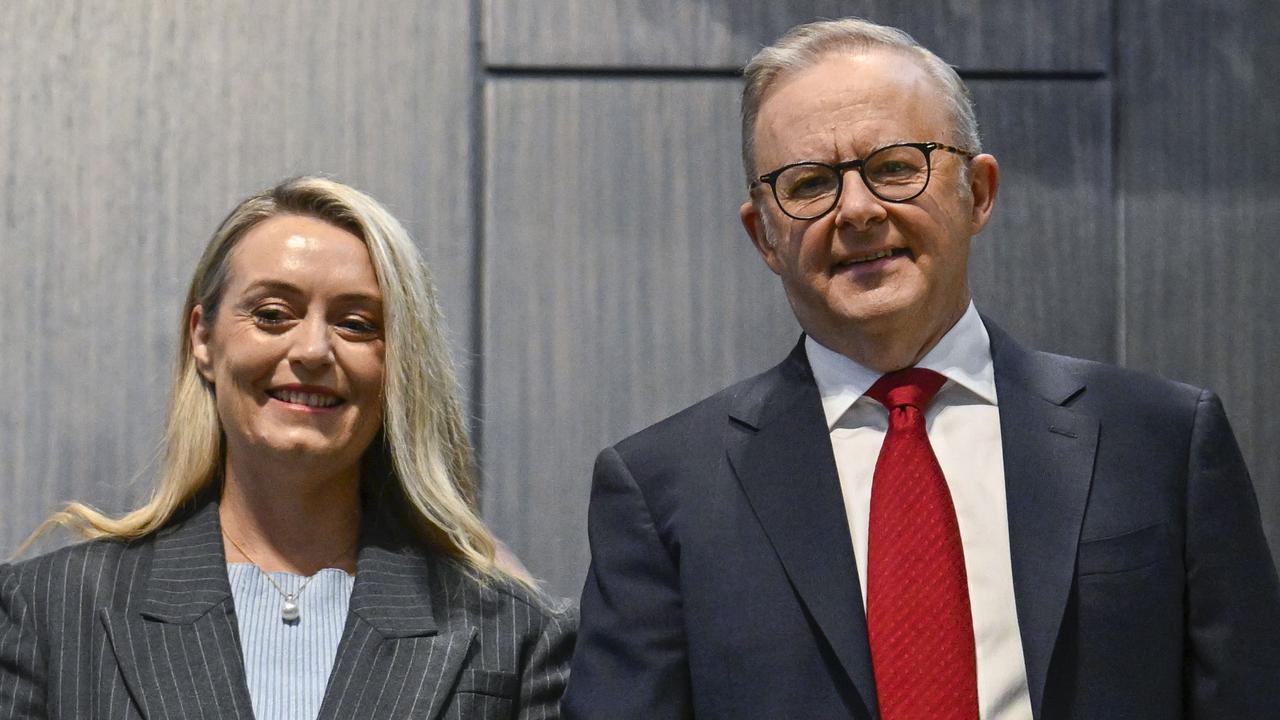
Anthony Albanese has been hit with a heavy dose of cost-of-living reality.